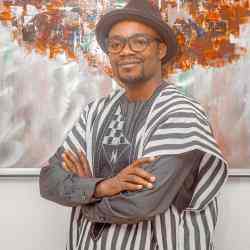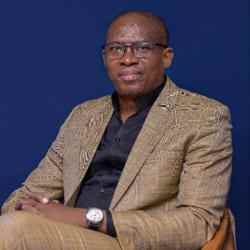Introducción
Nimisha Desai, one of India's growing group of single women, is seeking to remove several of the severe disabilities they face.
La idea nueva
More and more Indian women are living away from parents or husbands, a situation that however real, was not provided for in traditional Hindu society and clashes with society's arrangements and attitudes now. Nimisha is setting out to remove some of these barriers. She also, more generally, wants to make the ideas leading towards women's equality accessible to the overwhelming bulk of Indian women living in the villages and unable to read English.She is addressing the first of these goals with two key programs. Since it is almost impossible for single women to get housing, she is planning to develop substantial new housing block specifically for them. The residents would also have direct access to legal aid and employment counseling.Second, she is organizing a group of like minded middle class women called Olakh (Identity) that provides a mutual help "family" for its members. Olakh's more important goal is to encourage the emergence of a new value system that allows women to chose their own roles in society. Towards this end Olakh's members meet regularly and plan and execute research and direct action together. They use the action research method extensively, both to map their situation and to work out better alternatives. Right now they are focusing on two major analysis: (1) the health status of single women and (2) an overall assessment of the needs of single women in Ahmedabad and Baroda, the two leading cities of Nimisha's home state of Gujarat.One of Nimisha's most ambitious objectives is making the ideas and resources of the women's movement practically accessible to the millions of poor rural women who do not read English. She is translating core materials, creating a documentation and resource center that will especially try to stock materials in Gujarati and other local Indian languages, and building distribution channels to the villages in alliance with local groups and officials district by district. The documentation center will benefit from the materials collected by Olakh's researches and from its contacts with women's groups nationally, especially in Bombay and Delhi. Its local language collection dealing with gender issues in turn is a critical source for Nimisha's outreach to village women.
El problema
In a patriarchal society which has yet to permit its women a "room of their own", single women are completely isolated and vulnerable. Women are expected to live either with their parents or husbands; most buildings will not even rent rooms to single women.Women who are single by divorce or by choice are often shunned by their family and friends and are left without a support system and connections. They must support themselves economically, yet have little access to jobs that would make that possible.Statistics show that atrocities against women, particularly wives, such as dowry murder and other physical abuse, are on the rise, Urbanization is accelerating, and more women are getting education. Not surprisingly, India now finds itself with more and more single and divorced women. Yet, society has yet to create a space -- physical, economic, or social -- in which these women can exist let alone live fulfilled and useful lives.
La estrategia
Nimisha faces a tough organizational challenge: How to build a network connected from the national level to thousands of villages that, much more than meet and talk, will: successfully undertake a number of major studies; manage a complex piece of real estate development (the single women's apartment blocks); organize the central documentation center; provide mutual support and help for the members; and create and run a large scale vernacular publishing and distribution organization.Her core strategy is to make these seemingly separate pieces fit together and support one another synergistically. Her idea would look to a businessman a bit like a vertical fully integrated ideas factory (the middle class single women at the core of Olakh who come together to analyze and talk through and seek to change their situations and who manage the resulting action research), a publishing or processing unit (which produces or selects and translates materials into the vernacular) a warehouse (the documentation center's library), and a several stage distribution chain including both wholesale (district level allies) and retailers (the workers connecting village women with the district organizers). The analogy gains force from the fact that Nimisha hopes to pay for at least part of this effort with fees. The fire at the center is both the entrepreneur (Nimisha) and the fact that this work is centrally important in the lives of Olakh's core professional members. Rejected by many others and confronting every day and very personally the problems Olakh is addressing, these women have every reason to hang together and truly fight.
La persona
Nimisha's childhood and marriage were both conventional. Her family were very much traditional Gujaratis, as was the family she married into. However, that marriage proved impossible, and she found herself a single mother in a society that could not giver her a fair chance. All the frustrations and blocks she ran into ultimately caused her to begin to doubt and ultimately to challenge that society's assumptions and institutions. Exposure to the women's movement helped her along in this process.Nimisha graduated with a degree in commerce from an Ahmedabad college. After her marriage, she moved to Baroda where she initiated a savings scheme for low-caste women. She returned to Ahmedabad to deepen her development skills. She found the course, which was given in English, prevented less privileged classes from benefiting. She challenged the school, and it responded by asking her to set up a program in Gujarati. She did. During these years, stimulated by her work and those around her, she gradually formulated her vision to organize single women to change their world and, in the process, to help the overwhelming bulk of India's women gain access in their own language to the ideas that so helped liberate her.




